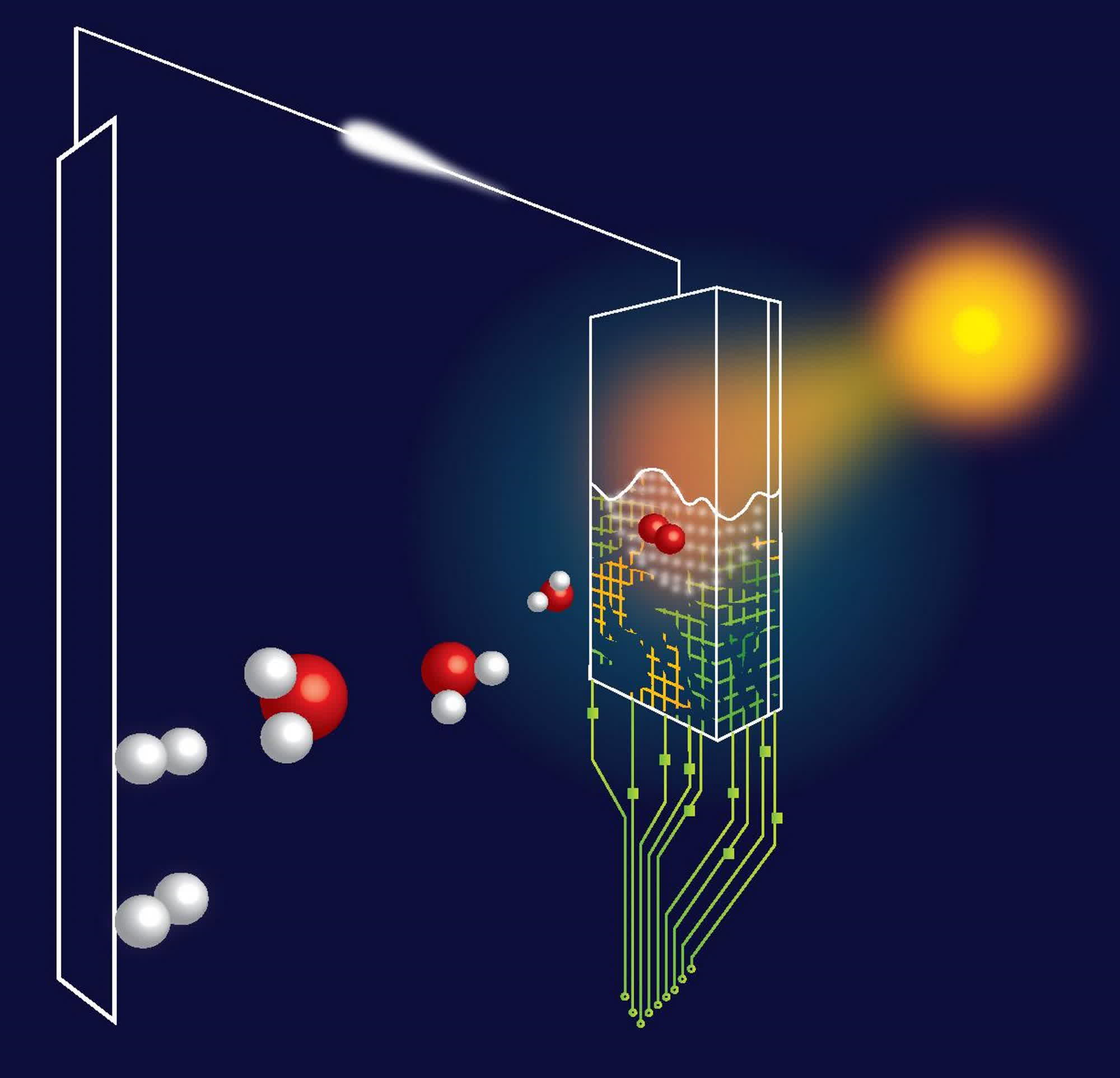In context: Despite the lofty goals set by NASA and other space agencies with the Artemis program, outer space exploration and long-term human presence on the Moon and other planets still are a long way off. There are many unknowns, starting with the resource problem and the need to sustain life in places where no human could survive by themselves.
New research published by Nature explores a novel approach to the aforementioned resource problem, stating that the technology humans have used thus far to live on the International Space Station (ISS) isn’t cut out for anything else but the orbiting outpost. Astronauts will need something different to live on the Moon or Mars, and scientists think that photoelectrochemical devices could be the way to go.
Written by assistant professor at Warwick university Katharina Brinkert, the paper says that about 1.5 kW out of the 4.6 kW overall energy budget of the Environmental Control and Life Support System on the ISS is currently employed to generate oxygen through a photovoltaic-based electrolysis process. The Oxygen Generator Assembly (OGA) aboard the space station applies direct electric current to induce a non-spontaneous chemical reaction, separating oxygen molecules from hydrogen so that astronauts can actually breathe in space.
The two-stage process of the OGA system (converting sunlight into electricity and then using electricity for the electrolytic process) is costly, cumbersome and prone to breakdowns, so it would become a liability in longer space missions farther from Earth. An alternative approach suggested by Brinkert and colleagues is using photoelectrochemical (PEC) devices in place of photovoltaic electrolyzers.

Compared to the OGA, a PEC device would be based on a one-stage process designed to convert solar energy directly into chemical energy. Semiconductor materials would turn electromagnetic radiation into oxygen and hydrogen, with no need for intermediate electricity production. PEC technology is being researched here on Earth as a potential solution to global warming and its orange-tinted disasters, but it could work very well in space too.
The research paper establishes the “theoretical foundations for the application of PEC devices in habitats on the Moon and Mars,” exploring the feasibility of PEC machines specifically designed to produce oxygen and recycle carbon dioxide on these distant, alien lands.
The photoelectrochemical approach is seemingly valid, the paper concludes, even though some issues still remain. Research efforts are still ongoing about the long-term efficiency and “power density” of PEC devices, while “In-Situ Resource Utilization” (meaning using the material you can find on Moon or Mars to build those PEC machines) and the ability to work in microgravity conditions seem to be less of a problem.
Source link